Home>Technology>Smart Home Devices>Which Printer Type Is The Fastest?
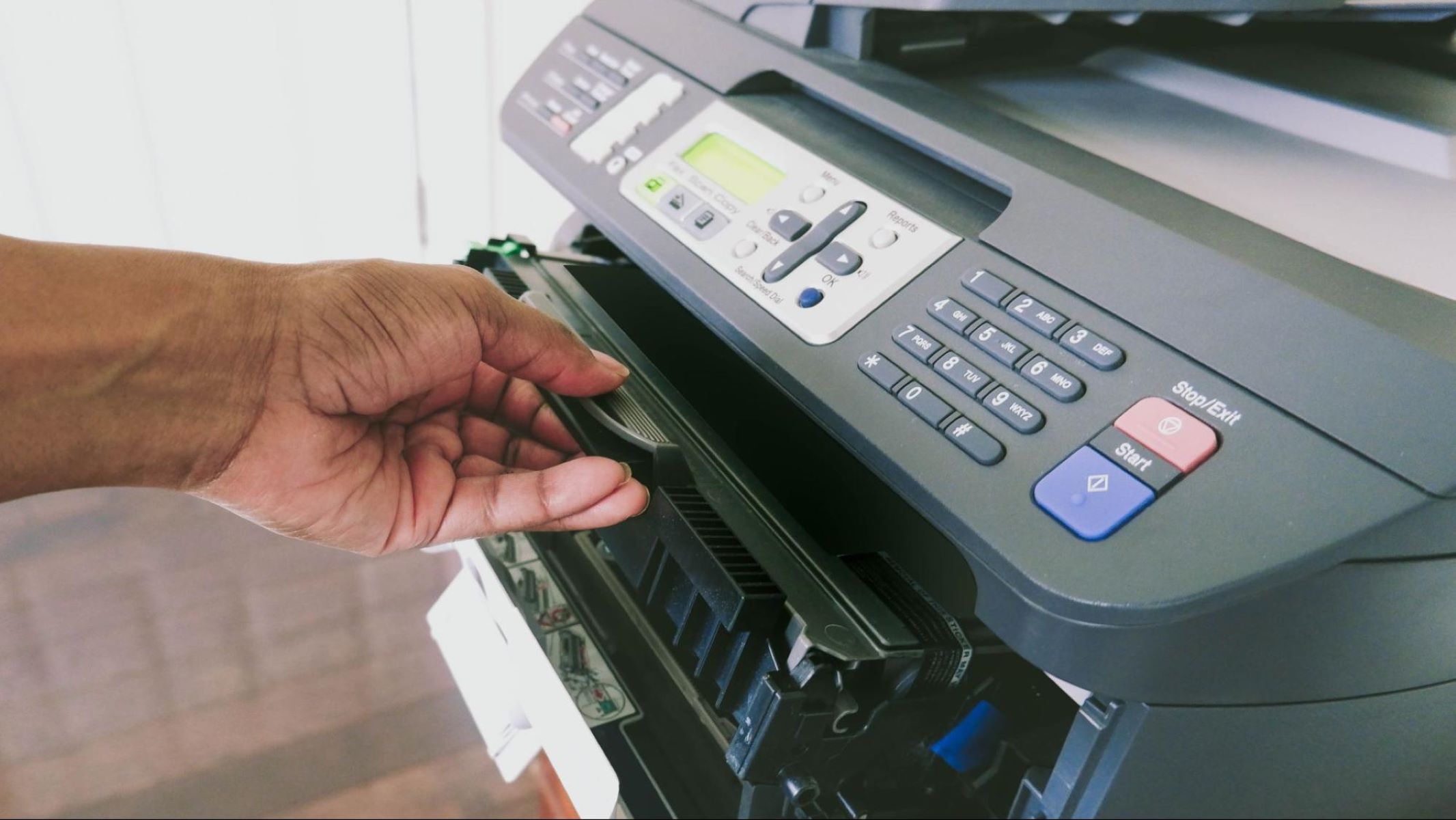

Smart Home Devices
Which Printer Type Is The Fastest?
Modified: February 18, 2024
Discover the fastest printer type for your smart home devices and enjoy efficient printing. Compare speeds and find the perfect fit for your needs.
(Many of the links in this article redirect to a specific reviewed product. Your purchase of these products through affiliate links helps to generate commission for Storables.com, at no extra cost. Learn more)
Introduction
Printers are an essential component of both home and office environments, enabling the creation of physical copies of digital documents, photographs, and other materials. When it comes to selecting a printer, one of the key considerations is speed. In today's fast-paced world, the ability to produce documents quickly and efficiently is highly valued. As such, understanding the different types of printers and their respective printing speeds is crucial for making an informed decision.
In this article, we will explore the three main types of printers: inkjet printers, laser printers, and solid ink printers, and compare their printing speeds. By examining the unique mechanisms and technologies behind each printer type, we can gain insight into their performance and determine which type reigns as the fastest. Whether you're a student looking to print assignments on a tight schedule, a professional in need of rapid document production, or a household seeking a convenient printing solution, the speed of a printer can significantly impact productivity and overall user experience.
Join us as we delve into the realm of printers and uncover which type stands out as the speed champion, providing you with the knowledge to make an informed decision when selecting a printer that meets your specific needs. Let's begin our exploration of inkjet, laser, and solid ink printers to unravel the mysteries of printing speed and efficiency.
Key Takeaways:
- Inkjet printers have narrowed the speed gap with laser printers, making them reliable for various printing tasks, from documents to high-resolution photos.
- Laser printers excel in rapid text-based printing, making them indispensable for offices and businesses with high-volume printing needs.
Read more: Which Is The Fastest Growing Grass
Inkjet Printers
Inkjet printers are renowned for their versatility, capable of producing high-quality prints of documents, photographs, and graphics. The technology behind inkjet printing involves propelling droplets of ink onto paper to create the desired images or text. This process is achieved through the precise ejection of ink from tiny nozzles, resulting in sharp and vibrant output. Inkjet printers are popular choices for home users, creative enthusiasts, and small businesses due to their ability to handle a variety of printing tasks with impressive results.
When it comes to printing speed, inkjet printers have made significant advancements in recent years. While traditional perceptions may have labeled inkjet printers as slower than their laser counterparts, modern inkjet models have narrowed the speed gap. Innovations such as improved print heads, faster ink-drying formulations, and enhanced paper handling mechanisms have contributed to notable speed enhancements in inkjet printing.
Typically, inkjet printers are capable of producing a varying number of pages per minute (ppm) depending on the specific model and manufacturer. For standard text documents, inkjet printers can achieve speeds ranging from approximately 10 to 20 ppm. However, when it comes to printing high-resolution images or graphics, the speed may decrease to ensure the precision and quality of the output.
It’s important to note that advancements in inkjet technology have led to the development of specialized inkjet printers designed for high-speed production. These industrial-grade inkjet printers, often utilized in commercial printing environments, can achieve impressive speeds, rivaling those of laser printers in certain scenarios. When evaluating the speed of inkjet printers, it’s essential to consider the intended use case and the specific demands of the printing tasks.
As we continue our exploration of printer speed, let’s shift our focus to laser printers, another prominent player in the realm of printing technology. By comparing the speed capabilities of laser printers with those of inkjet printers, we can gain a comprehensive understanding of the performance differences and make informed decisions when selecting the ideal printer for our unique requirements.
Laser Printers
Laser printers are renowned for their rapid printing speeds and exceptional text quality, making them a popular choice for demanding office environments and high-volume printing tasks. Unlike inkjet printers that utilize liquid ink, laser printers employ toner powder and a laser to create static electricity, which attracts the toner particles to the paper, resulting in precise and consistent output.
One of the standout features of laser printers is their impressive printing speed, particularly when it comes to producing text-based documents. Laser printers excel in swiftly generating multiple pages of text, making them ideal for offices, educational institutions, and businesses where document-intensive tasks are commonplace.
When evaluating the printing speed of laser printers, it’s essential to consider the metric of pages per minute (ppm). Laser printers are capable of achieving significantly higher speeds compared to inkjet printers, with entry-level models often starting at around 20 ppm for monochrome (black and white) printing. High-end laser printers can achieve speeds well beyond 50 ppm, catering to the demands of large workgroups and fast-paced printing environments.
Furthermore, laser printers are designed to maintain consistent speed and performance, making them well-suited for handling continuous and high-volume printing tasks. This reliability, coupled with their rapid printing capabilities, positions laser printers as a go-to choice for professionals and organizations that prioritize efficiency and productivity.
Additionally, advancements in laser printing technology, such as faster processing units, improved fusing mechanisms, and enhanced paper handling, have further bolstered the speed and overall performance of modern laser printers. These developments have contributed to reduced warm-up times, faster first-page-out speeds, and seamless printing operations, enhancing the user experience and workflow efficiency.
As we navigate the realm of printing technology and explore the speed dynamics of laser printers, it’s evident that their swift and consistent performance sets them apart as formidable contenders in the quest for the fastest printer type. However, our journey doesn’t end here; we’ll now turn our attention to solid ink printers, an intriguing alternative with its own unique attributes and speed capabilities.
When looking for the fastest printer, consider a laser printer. They use toner instead of ink, which allows for quicker printing speeds compared to inkjet printers.
Solid Ink Printers
Solid ink printers represent a distinctive and innovative approach to printing, utilizing solid ink sticks or blocks instead of traditional liquid ink or toner powder. This technology, pioneered by Xerox, offers a compelling alternative to inkjet and laser printing, delivering a unique combination of vibrant color output, environmental sustainability, and noteworthy printing speeds.
One of the defining features of solid ink printers is their ability to produce stunning, true-to-life color prints with remarkable consistency. The solid ink sticks, composed of non-toxic, resin-based ink, are melted and jetted onto the paper, resulting in rich and vivid output that rivals the quality of professional printing services. This capability makes solid ink printers an attractive choice for businesses, creative professionals, and organizations that prioritize impactful color reproduction.
When it comes to printing speed, solid ink printers offer competitive performance, particularly in color printing tasks. These printers are engineered to deliver impressive speeds for both color and monochrome printing, catering to a wide range of applications and user requirements. The unique melting and jetting process of solid ink technology contributes to efficient and consistent printing, empowering users to achieve rapid results without compromising on quality.
Typically, solid ink printers are capable of achieving speeds comparable to those of laser printers, with entry-level models offering color and monochrome printing speeds starting at around 20 pages per minute (ppm). Advanced solid ink printers can achieve speeds of up to 50 ppm or more, making them well-suited for demanding printing environments where speed and color accuracy are paramount.
Furthermore, solid ink printers boast advantages in terms of energy efficiency and reduced waste, aligning with sustainable printing practices. The solid ink technology eliminates the need for cartridges, resulting in less packaging waste and a smaller environmental footprint. This eco-friendly approach, coupled with impressive printing speeds and exceptional color output, positions solid ink printers as a compelling choice for environmentally-conscious users and organizations striving for sustainable printing solutions.
As we unravel the speed capabilities and unique attributes of solid ink printers, it becomes evident that they offer a compelling balance of speed, color quality, and environmental responsibility. With their ability to rival the printing speeds of laser printers and deliver stunning color output, solid ink printers emerge as a noteworthy contender in the quest for the fastest printer type. Now, armed with insights into inkjet, laser, and solid ink printers, we can draw meaningful comparisons and make informed decisions when selecting the optimal printing solution.
Conclusion
As we conclude our exploration of inkjet, laser, and solid ink printers, we have gained valuable insights into the speed dynamics and unique attributes of each printer type. The quest for the fastest printer type has led us to uncover compelling features and performance benchmarks that cater to diverse user requirements and printing scenarios.
Inkjet printers, with their versatility and evolving technology, have made significant strides in narrowing the speed gap and delivering impressive performance for both text and image-based printing tasks. While their speeds may vary based on the specific model and intended use, inkjet printers have established themselves as reliable options for a wide range of printing requirements, from everyday documents to high-resolution photo prints.
Laser printers, renowned for their rapid text-based printing speeds and consistent performance, have demonstrated their prowess in handling demanding office environments and high-volume printing tasks. The exceptional speed and efficiency of laser printers make them indispensable tools for professionals and organizations seeking swift and reliable document production.
Solid ink printers, with their innovative solid ink technology and vibrant color output, have emerged as formidable contenders in the realm of printing speed and quality. Their ability to rival the printing speeds of laser printers while delivering stunning color prints and promoting sustainability positions solid ink printers as compelling choices for users and organizations prioritizing speed, color accuracy, and environmental responsibility.
Ultimately, the quest for the fastest printer type is influenced by a myriad of factors, including the nature of printing tasks, desired output quality, environmental considerations, and user preferences. By understanding the speed capabilities and unique features of inkjet, laser, and solid ink printers, individuals and organizations can make informed decisions when selecting a printer that aligns with their specific needs and workflow requirements.
Whether it’s the versatility of inkjet printers, the rapid text printing prowess of laser printers, or the vibrant color output and sustainability of solid ink printers, each printer type offers distinct advantages and performance attributes. The quest for the fastest printer type is not merely about speed alone; it’s about striking a harmonious balance between speed, quality, sustainability, and user experience to enhance productivity and meet diverse printing demands.
Armed with a deeper understanding of printer speed dynamics and the unique capabilities of inkjet, laser, and solid ink printers, individuals and organizations can embark on their printing journeys with confidence, knowing that they have the knowledge to select the optimal printing solution that aligns with their specific needs and aspirations.
Frequently Asked Questions about Which Printer Type Is The Fastest?
Was this page helpful?
At Storables.com, we guarantee accurate and reliable information. Our content, validated by Expert Board Contributors, is crafted following stringent Editorial Policies. We're committed to providing you with well-researched, expert-backed insights for all your informational needs.
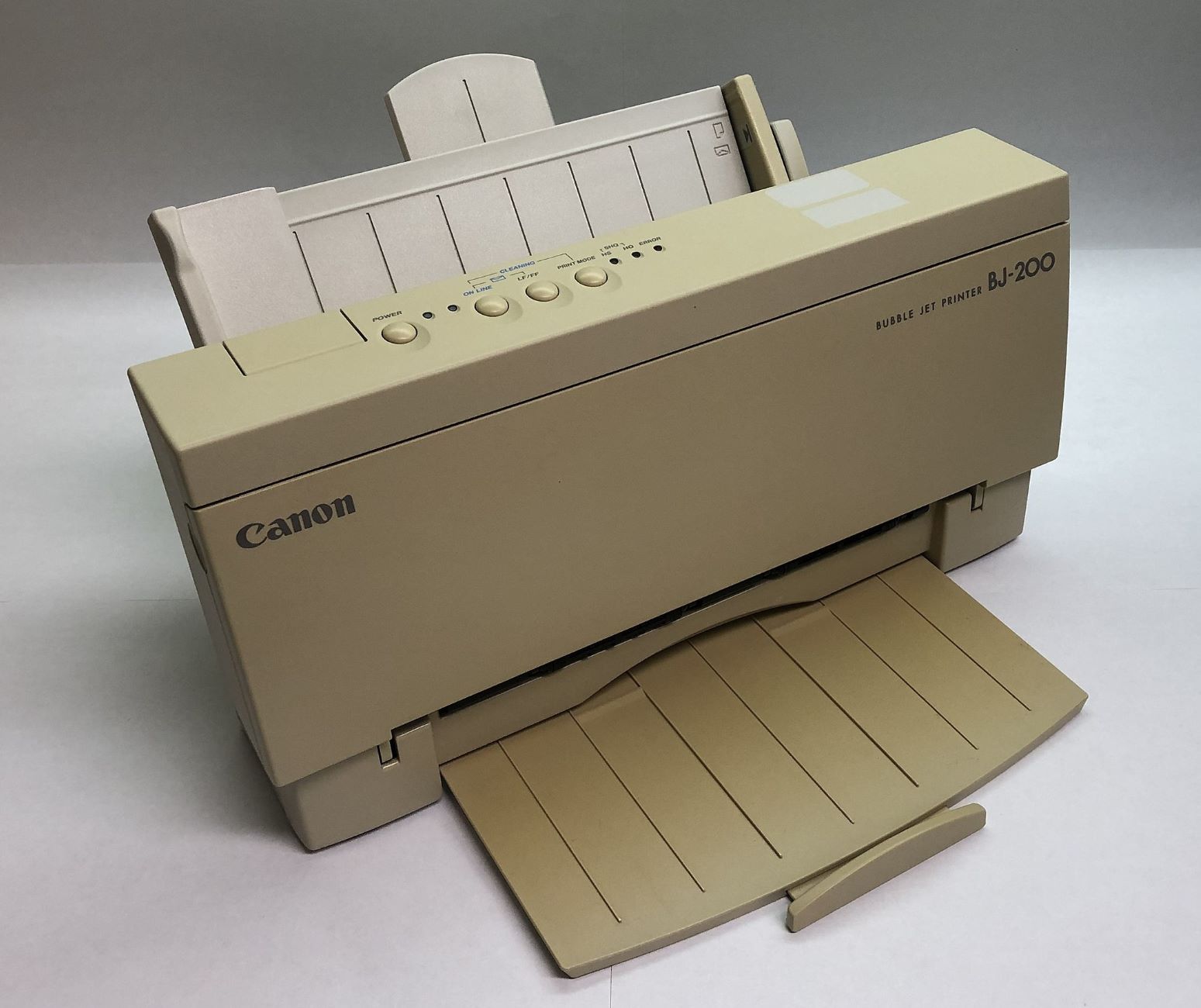
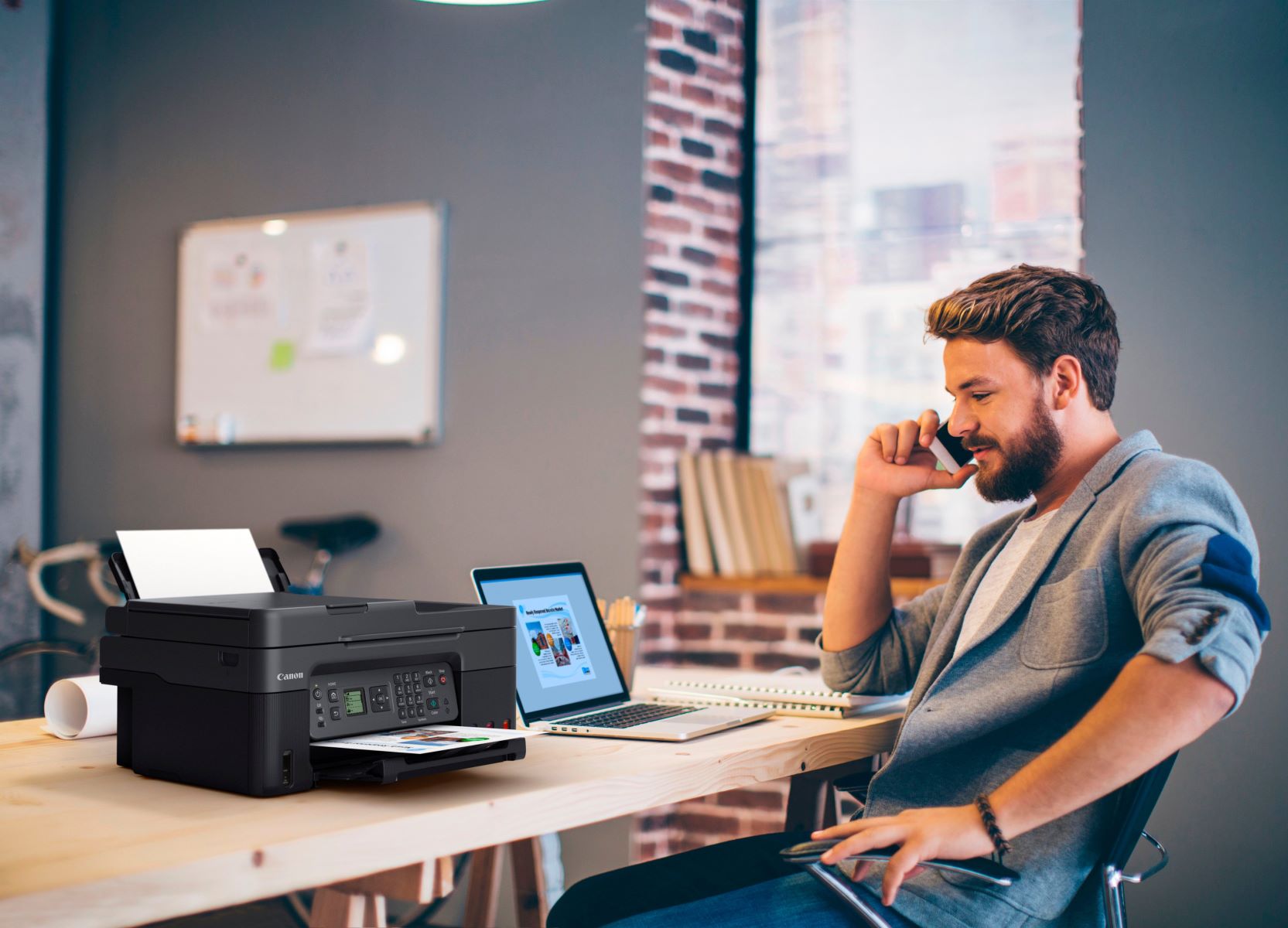

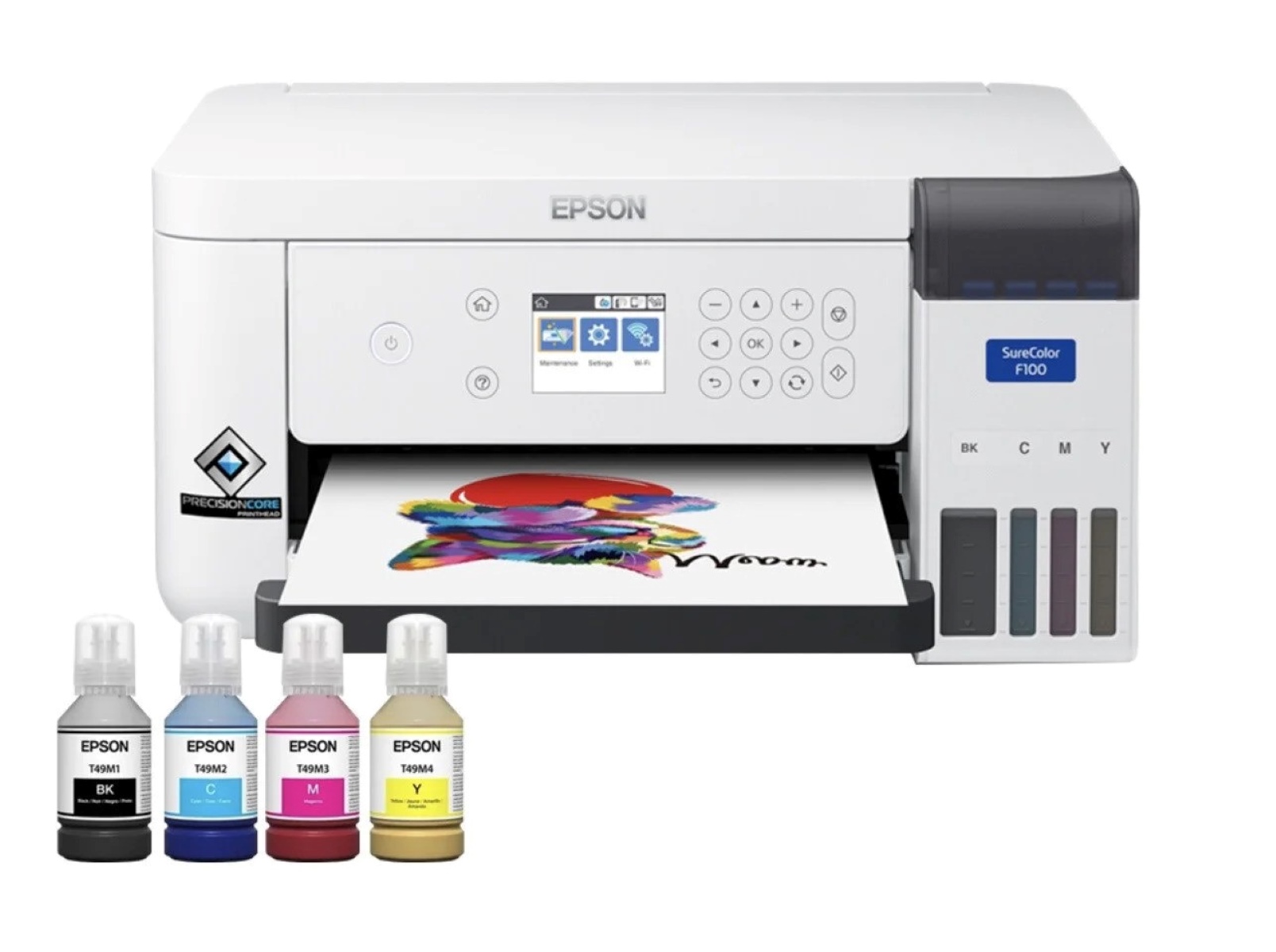
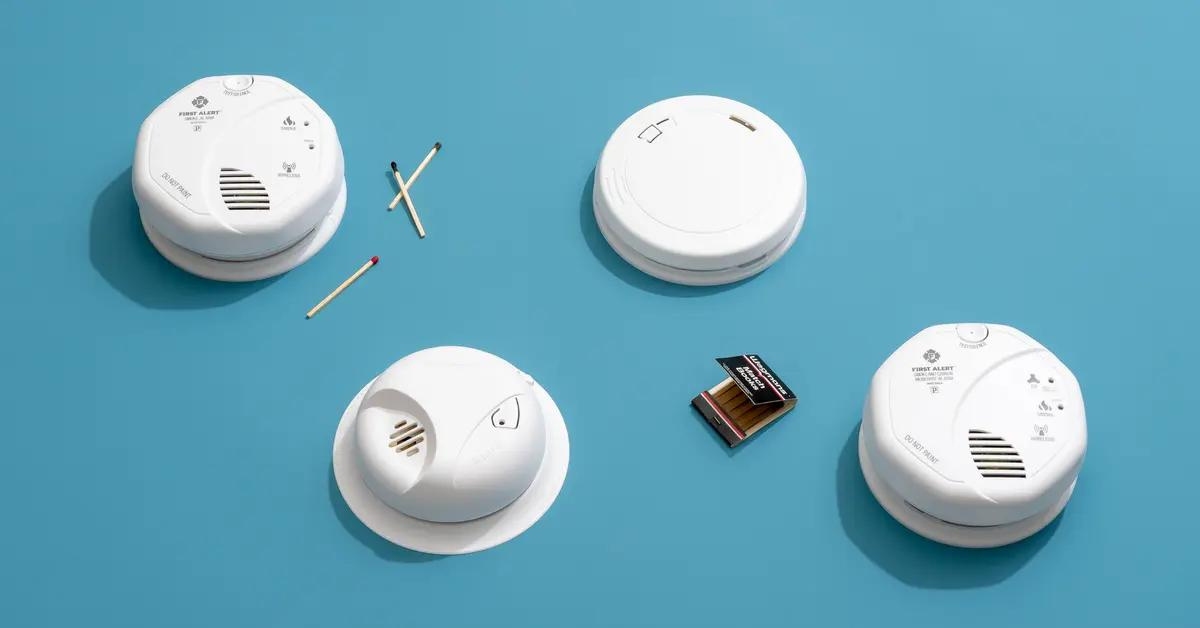
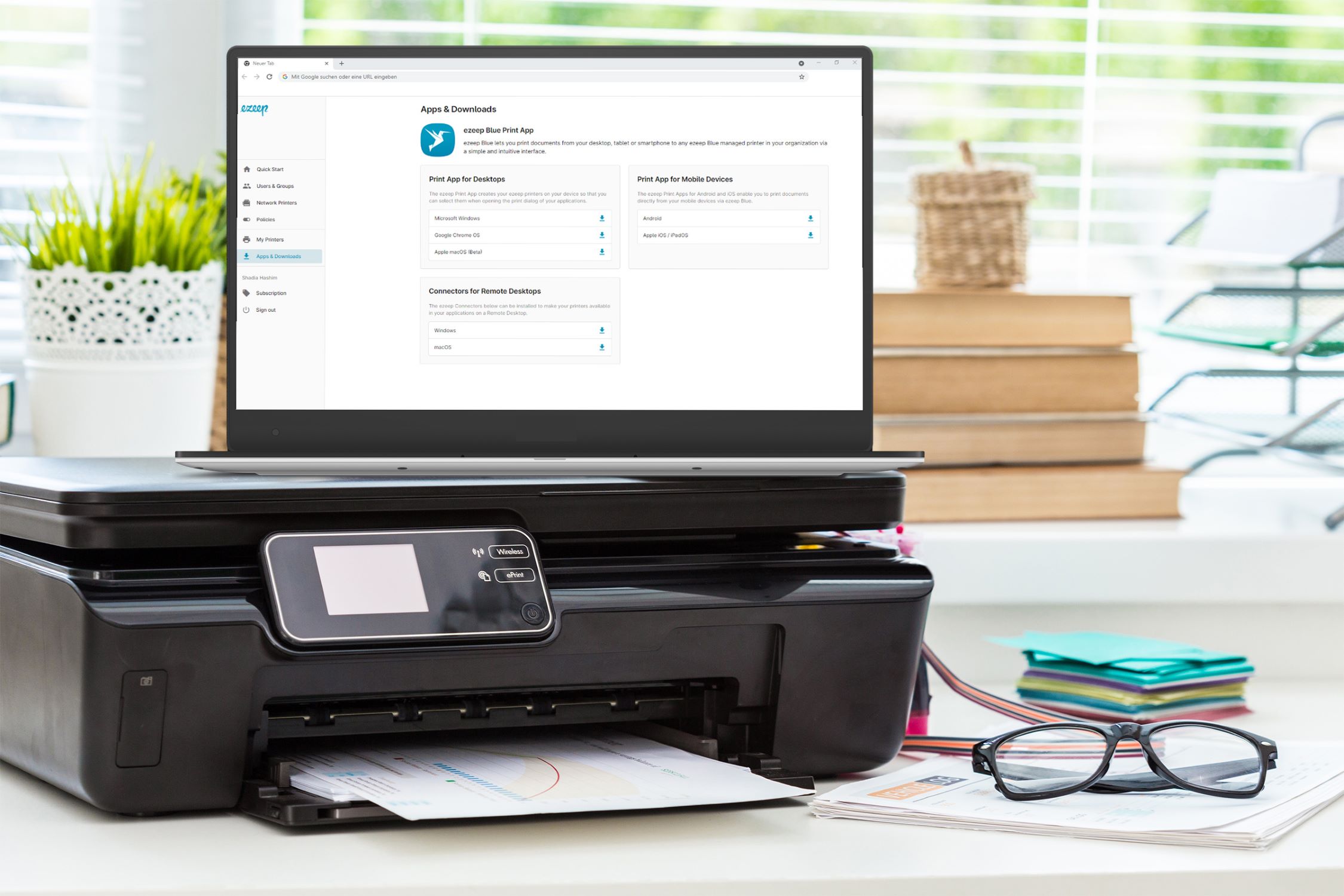
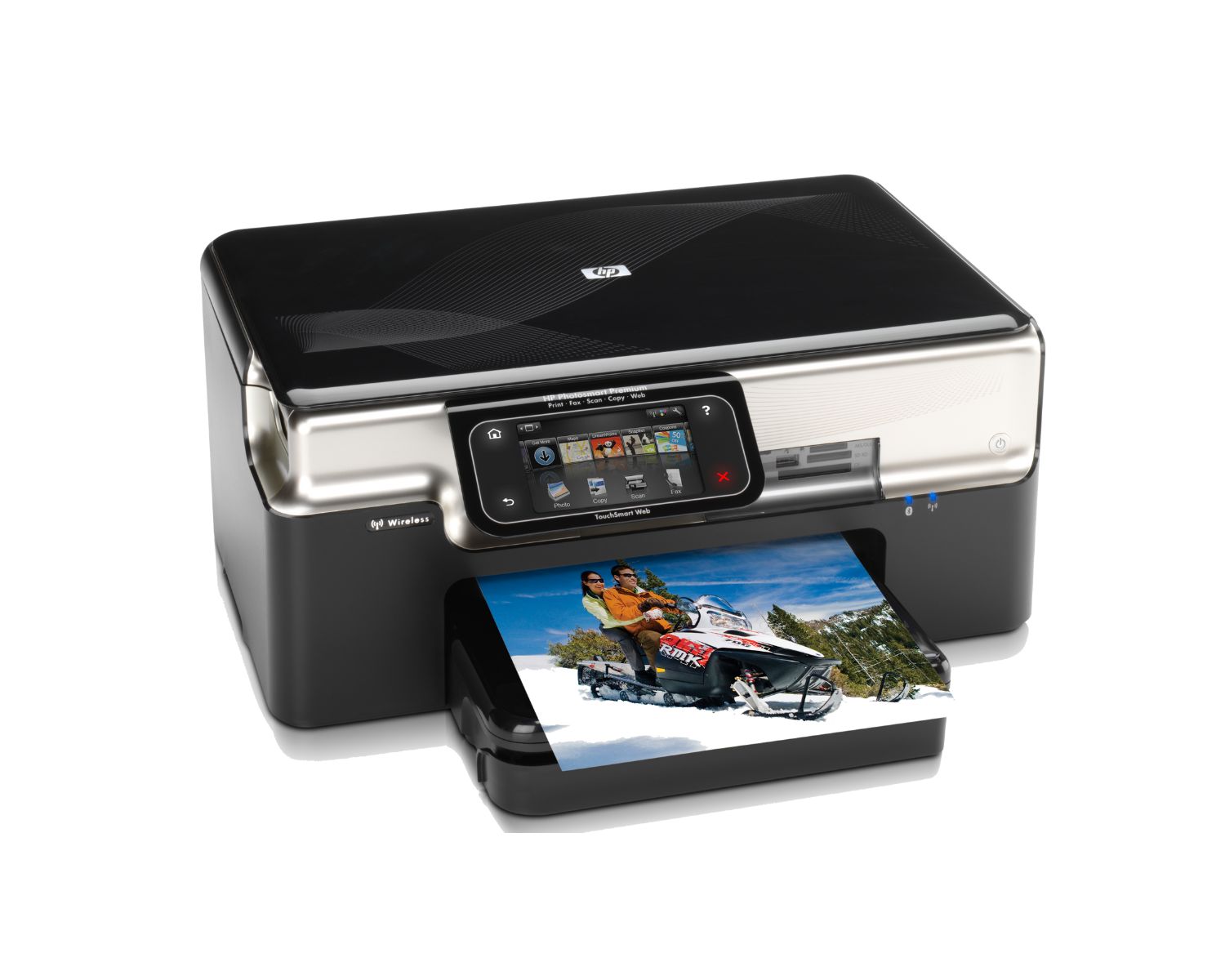

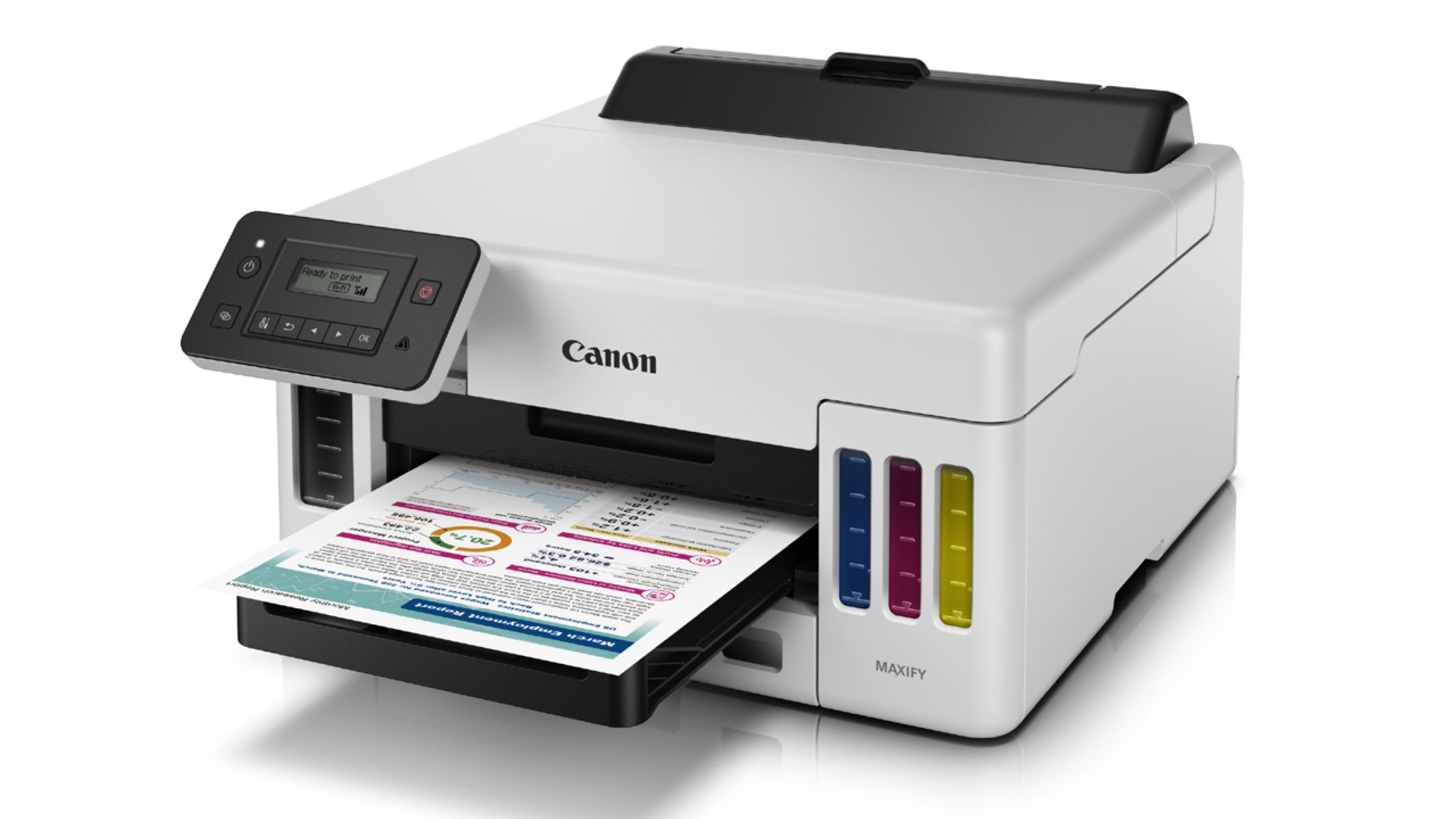

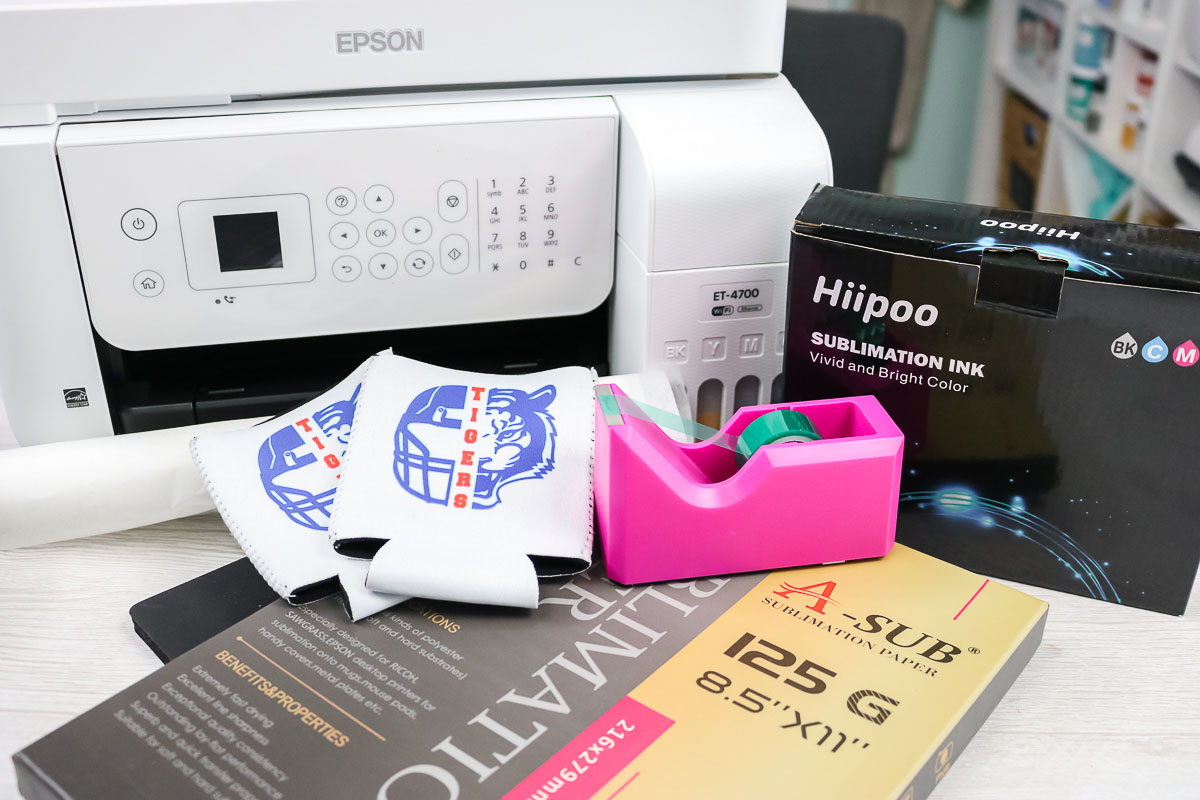


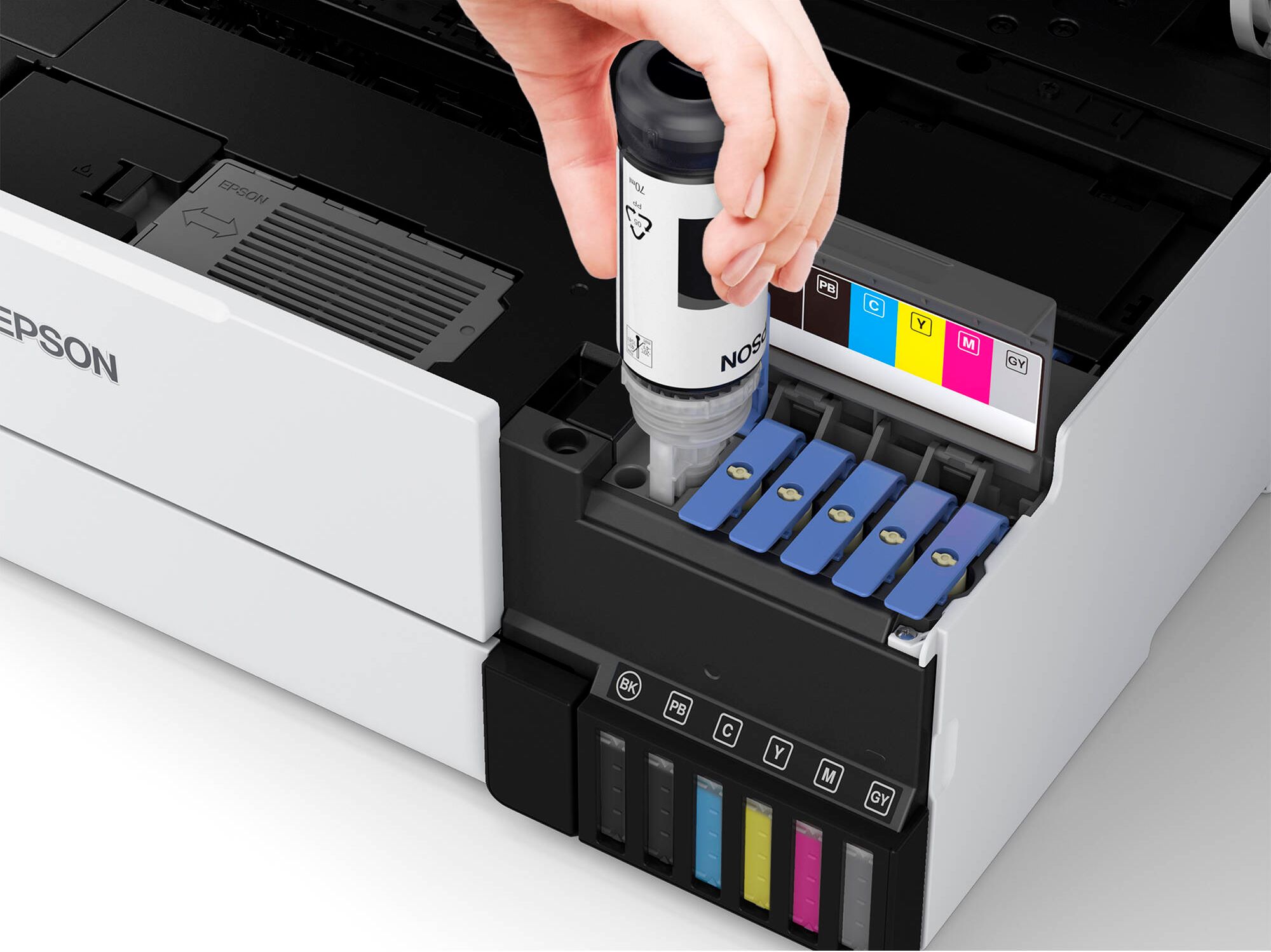


0 thoughts on “Which Printer Type Is The Fastest?”